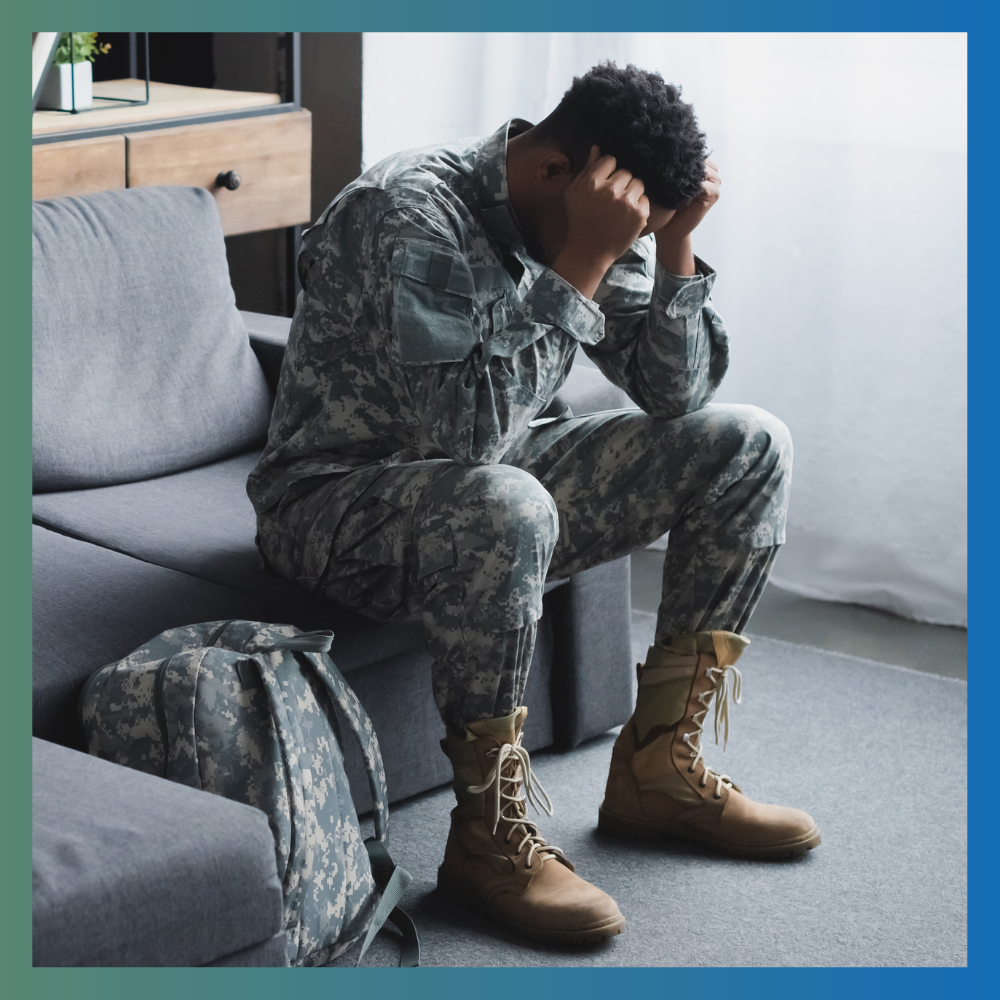Massage for Combat Injuries in Veteran with Undisclosed PTSD: a Retrospective Case Report
Abstract
Introduction: Massage has shown promise in reducing symptoms related to dissociation and anxiety that can exacerbate chronic pain and suffering. The combat wounded, veteran population is increasing and requires a multidisciplinary approach for comprehensive treatment. This case study examines massage therapy use to improve veteran combat injury rehabilitation and recovery experience through purposive, retrospective, and comprehensive SOAP note review. Methods: A 31-year-old White male received seven, 60-min, full body massages for combat related shoulder injury complications incurred approximately six years before presentation. The right shoulder sustained a broken humeral head and complete dislocation during a defensive maneuver in a life-threatening attack. This case study utilized data from three different assessments: goniometric measurements for shoulder range of motion, observation and documentation for environmental comfort behaviors, and client self-report for treatment goal attainment. Six weekly, full body, 60-min massages were completed sequentially. A follow-up 60-min treatment was completed at Week 8. Treatment to the injured area included focused trigger point therapy, myofascial release, and proprioceptive neuromuscular facilitation to the neck, shoulder, and chest. Results: Total percent change for active flexion, extension, abduction, adduction, internal rotation, and external rotation were 12.5, 150, 40, 167, 14.3, and 0%, respectively. Total percent change for passive flexion, extension, abduction, adduction, internal rotation, and external rotation were 63.6, 350, 66.7, 450, 133, and 77.8%, respectively. Environmental comfort behaviors were reduced. Client treatment goals were attained. Conclusions: Massage therapy provided meaningful benefit to a combat injury for a veteran with PTSD.
Downloads the last 12 months

License
Copyright (c) 2020 Authors

This work is licensed under a Creative Commons Attribution-NonCommercial-NoDerivatives 3.0 Unported License.





.png)





